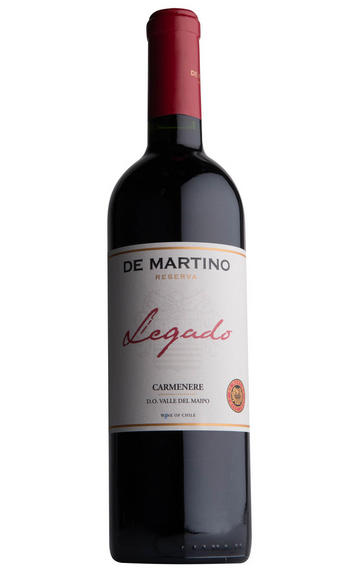
2022 De Martino, Legado, Carménère, Reserva, Maipo Valley, Chile
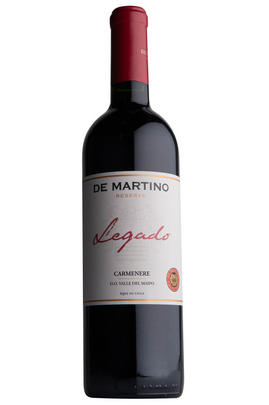
Critics reviews
The 2022 Legado Carménère was produced with grapes from Maipo that fermented in stainless steel with indigenous yeasts and matured in old barrels (70%) and 5,000-litre foudres for seven months. It has similar parameters as the 2021 I tasted next to it, moderate 13.5% alcohol and good freshness, but it feels a little creamier and rounder, fruit-driven and straightforward. 13,303 bottles were filled in November 2022.
The De Martino family has also started working in the south, in Pucón, 800 kilometres south of Santiago on volcanic soils at 650 meters in altitude, where they have Pinot Noir and Chardonnay vines and 800 plants of Riesling planted in 2018 that they hope to vinify in 2023 for the first time. For the rest, they are very focused on their vineyards in Itata and Isla de Maipo, listing Isla de Maipo on their labels, as they feel it's different from other places in Maipo.
Drink 2023 - 2026
Luis Gutiérrez, Wine Advocate (April 2023)
A plush and creamy Carménère with black cherries, raspberries, chocolate orange, black beans and vanilla on the nose. Full-bodied, deeply coloured and fruit-forward with a lovely softness. Why wait?
Drink now
James Suckling, JamesSuckling.com (April 2023)
The 2022 Carménère Reserva Legado from Isla de Maipo was aged in oak casks (30%) and very old barrels (70%) for 7 months. Purple in hue. The nose delivers subtle notes of ash, with ripe black and blueberry aromas, spice, and hints of haystack. Indulgent and expansive with finely grained tannins, it fills the mouth with bold flavour enhanced by a layer of herbs. More Bordelaise than ever.
The De Martino family owns the eponymous winery based in Isla de Maipo. The estate sources grapes from different terroirs in Chile, albeit focusing on Itata, where their La Leonera vineyard is one of the most interesting in the region. Until 2020, the winemaking team was run by Marcelo Retamal, but now Marco de Martino and Nicolás Pérez are in charge. In recent years, the focus has been on heritage wines and interpreting terroirs to produce clear fruit flavours and delicate palates. Viejas Tinajas, Las Olvidadas and Legado are their most representative wines. This year, De Martino presented also Ungrafted, a line focused on old ungrafted vine selections.
Drink 2023 - 2034
Joaquín Hidalgo, Vinous.com (June 2023)
About this WINE
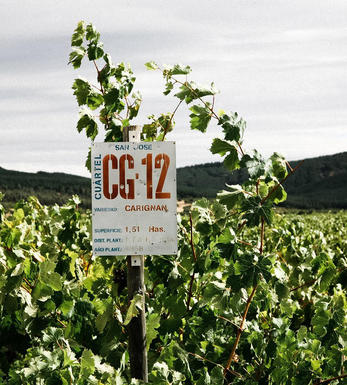
De Martino
De Martino is one of the most progressive and exciting names on the Chilean wine scene, deservedly named Chilean Winery of the year in 2011. Through a network of intellectual partnerships and vineyard acquisition, it has quickly built up a reputation for organic viticulture of the highest quality, farming from over 350 different vineyards.
The corporate vision focuses on sustainability, terroir, and, by logical extension, excellence. By concentrating on the very best sites for the varieties in question, be they in Limari, Elqui or Maipo, and by the development of a world class winemaking team, De Martino now sits at the very top of the Chilean vinous hierarchy.
The Alto Piedras vineyards make up 5 hectares of the sub-Denominacion of the Isla de Maipo, a de facto island as the vines are surrounded by two branches of the Maipo River. Two other self-evident truths are located in the nomenclature; firstly that the terrain is rocky, volcanic gravel to be precise and secondly that the vines are quite high up. Chile’s indigenous grape, Carmenère, is here aged for 18 months in new French oak.
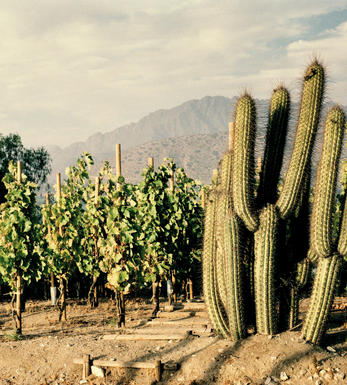
Maipo
Maipo Valley, the northernmost within Central Valley, is one of Chile's most prominent wine regions. It is located east of San Antonio and Casablanca Valley and north of Rapel Valley, and is nestled between two mountain ranges, the Andes and the Coastal Mountains, with Chile's capital city, Santiago, sitting in the middle.
Maipo is renown for its exceptional Cabernet Sauvignon, ripe, subtle, spicy and complex with its signature, powerful eucalyptus and blackcurrant flavours. It amounts for over 60% of the regions 10,000ha. Merlot, Chardonnay and Carmenere are also important.
Maipo plays host to several major, quality Chilean wine companies, including Almaviva, Concha y Toro, William Fevre, Santa Rita, De Martino
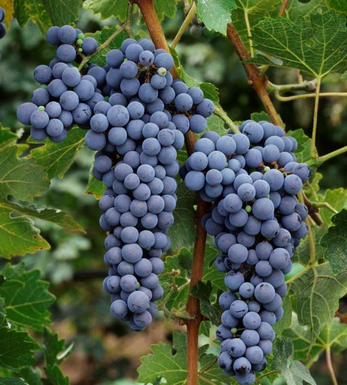
Carménère
Chile is the bastion of the Carménère grape today but during the early19th century it was one of the most widely cultivated grape varieties in the Médoc and Graves regions of Bordeaux where it was a valued blending partner of Cabernet Franc. However its susceptibility to the twin evils of phylloxera and oidium led to growers uprooting it in the 1860s and replacing it with better yielding grape varieties such as Merlot.
It was first introduced in Chile (where it is also known as Grand Vidure) in the 19th century where it thrived on the country’s phylloxera-free vineyards, as most of its vines are planted on native rootstock. For a long time it stayed in obscurity, as it was mixed with Merlot plantings in the vineyards but now is being identified, vinified and labelled separately.
In Chile it accounts nowadays for about 8,000 hectares or 8 percent of the national vineyard and it is typically blended with Cabernet Sauvignon and Merlot, imparting succulent and luxurious fuitness. Many of the country’s flagship wines, such as these from Almaviva, Neyen, and Seña, incorporate judicious proportions of Carménère in blends. It is increasingly being bottled as a single varietal wine. Carmen and De Martino were two of the first wineries to champion the grape as the signature varietal of Chile.
Carménère wines are deeply coloured and are usually well structured with smooth, well-rounded tannins, and ripe berry fruit flavours. Cooler climate regions, like the coastal Limari in Chile, produce an earthy, leaner, more elegant style with crunchy red fruit and green pepper flavours. Warmer climates, like in Maipo, give concentrated, heady wines, inky-coloured and with opulent notes of dark chocolate, soy sauce and black pepper.


Buying options
Add to wishlist
Description
The 2022 Carménère Reserva Legado from Isla de Maipo was aged in oak casks (30%) and very old barrels (70%) for 7 months. Purple in hue. The nose delivers subtle notes of ash, with ripe black and blueberry aromas, spice, and hints of haystack. Indulgent and expansive with finely grained tannins, it fills the mouth with bold flavour enhanced by a layer of herbs. More Bordelaise than ever.
The De Martino family owns the eponymous winery based in Isla de Maipo. The estate sources grapes from different terroirs in Chile, albeit focusing on Itata, where their La Leonera vineyard is one of the most interesting in the region. Until 2020, the winemaking team was run by Marcelo Retamal, but now Marco de Martino and Nicolás Pérez are in charge. In recent years, the focus has been on heritage wines and interpreting terroirs to produce clear fruit flavours and delicate palates. Viejas Tinajas, Las Olvidadas and Legado are their most representative wines. This year, De Martino presented also Ungrafted, a line focused on old ungrafted vine selections.
Drink 2023 - 2034
Joaquín Hidalgo, Vinous.com (June 2023)
wine at a glance
Delivery and quality guarantee